
Myceliotronics are the latest development in biodegradable electronic components – battery parts made from mushrooms. The mycelium skin of a tree fungus can be used as a base layer for flexible circuit boards, as well as the casing and separator for a zinc–carbon battery.
The perfect sustainable electronic device should contain only components that can be easily recycled or are biodegradable. Electronics made from plant materials can’t usually compete with commercial devices when it comes to performance and durability. Paper-based electronics are highly biodegradable, but making paper requires a lot of energy and water.
Scientists in Austria have now created myceliotronics – electronics and batteries that incorporate biodegradable mushrooms as a major component. They created a humidity and proximity sensor with a Bluetooth module out of a mycelium circuit board and mushroom batteries.
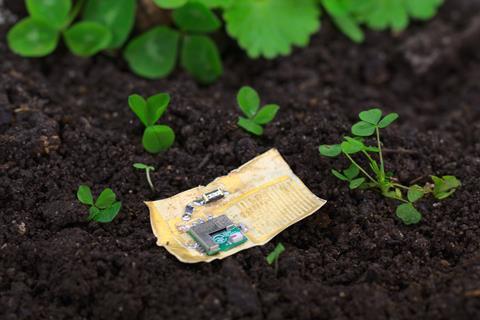
For the circuit board, the mycelium skin of a wood-decaying fungus, Ganoderma lucidum, acts as the substrate. This base layer, which makes up around 37% of a circuit board’s total mass, is usually made from plastic. The fungus is grown on beech for two weeks, until a thin ‘skin’ covers the wood. Once harvested, this skin is covered with a copper layer and galvanised with gold, which is etched with a laser to create traces – the circuit board equivalent to wires. The mycelium’s electrical properties are similar to paper, but it can be bent thousands of times while remaining fully functional.
The mushroom’s porous structure also makes for a good battery separator – a component that is also made from plastic in commercial batteries. Soaked in an electrolyte liquid, the separator is placed inside a zinc–carbon battery setup, which is encased in a gold-plated mycelium skin packaging. Two of these batteries were sufficient to power the team’s humidity sensor at around 1.9V.
Since the metallic parts can be easily separated from the mushroom components, the battery and circuit board are entirely recyclable and compostable.
References
D Danninger et al, Sci. Adv., 2022, 8, eadd7118 (DOI: 10.1126/sciadv.add7118)





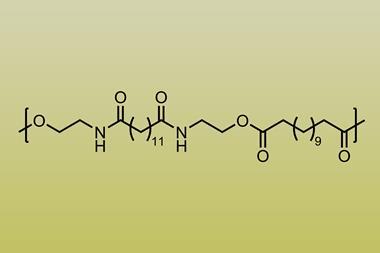
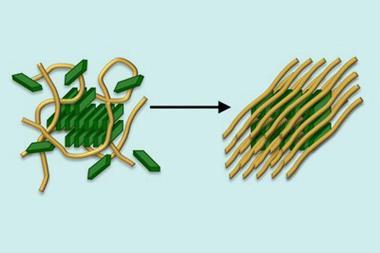
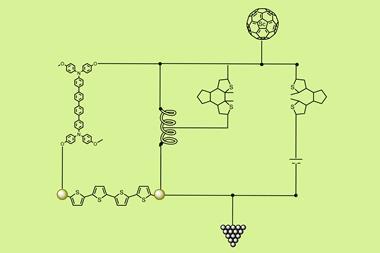

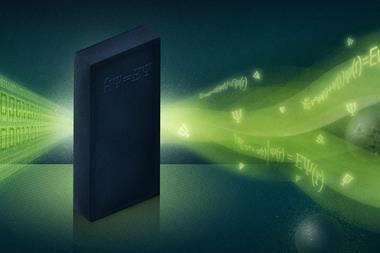







No comments yet